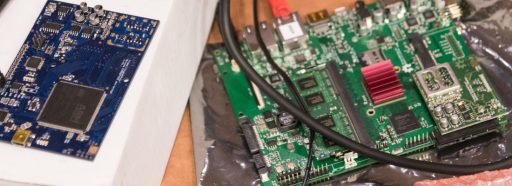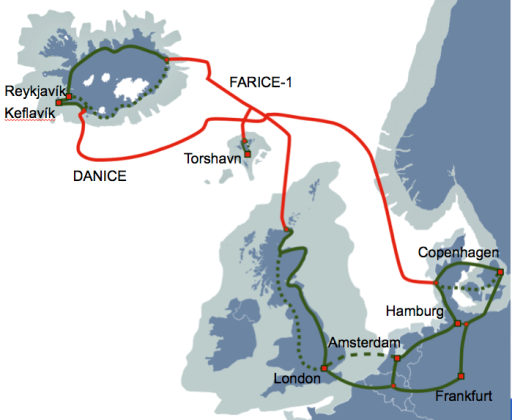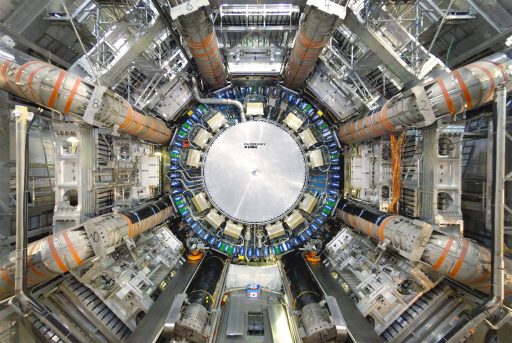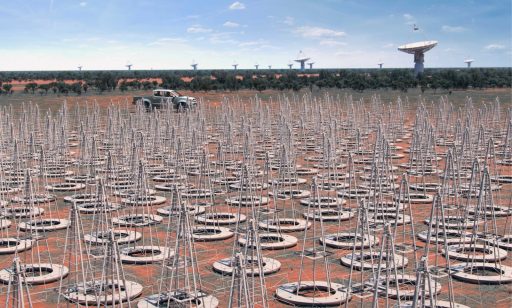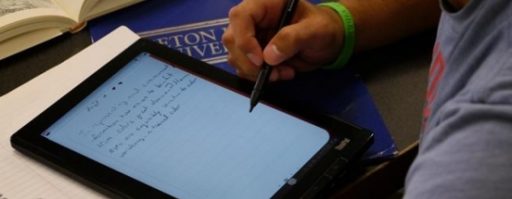“There’s an increasing interest in high-resolution imaging of world heritage sites because of recent events, iconoclasm or cultural cleansing, also climate change issues that are devastating cultural sites. With high-fidelity imaging you have a huge reservoir for being able to retell stories about these extraordinary places that are now under threat.”
Research and education networks are not only about fibres, routers and switches. They also try to contribute to the common good of internet users. Enter CrypTech, making the Internet a little bit safer for everybody.
Finnish post-doctoral researcher Tuomo Hiippala is part of a new generation of humanist researchers, using powerful computational resources to boost their research. Combining a PhD in English Philology with a keen interest in computer vision and machine learning Hiippala is developing new ways of handling large collections of images.
Latin America plays a vital role in the worldwide computing grid essential for processing the massive amounts of data generated from particle smashing experiments at the Large Hadron Collider that reveal information about the origins of the Universe.
Three research networks are working together to provide the lifeline of a new meteorology supercomputer running on renewable energy. Through a 10 Gbps redundant fiberoptic cable running 2250 km across the North Atlantic, the Danish Meteorology Institute in Copenhagen connects to its new supercomputer located on Iceland.
“Space and earth science are drivers of technical development, and with better instruments and more computing power we hope to realise many more ideas in the future,” says Eskil Varenius from the Department of Earth and Space Sciences at Chalmers University of Technology.
Engineers and medical doctors from a number of institutions in Mexico participate in telemedicine projects with their peers in Asia that enable the exchange knowledge and development of new techniques to help with the diagnosis and treatment of diseases.
Academy Professor Petri Toiviainen’s research team at the University of Jyväskylä, Finland, has set out to understand what happens in the brain when listening to music. Their experiments utilize Magnetic Resonance Imaging (MRI) and a supercomputer cluster provided by the Finnish research and education network CSC.
“It’s a very exciting time for physicists. The Higgs boson discovery is a milestone for the physics community, and for human understanding of the fundamental laws that govern the Universe. Australian research groups have been part of this for the best part of 25 years,” says Centre of Excellence for Particle Physics Director Prof Geoffrey Taylor.
The Square Kilometre Array, or SKA, is the biggest science project New Zealand has ever been involved in, and it will produce more data than the world has ever seen.
Japanese researchers – together with colleagues from around the world – are analysing data from the Joint ALMA Observatory, located in a remote part of Chile on the Atacama plateau, 5000 meters above sea level. High-speed research networks enable researchers to carry out their studies wherever they are situated, without needing to be at the observatory.
Several research and education networks are breaking new ground in their effort to develop a system for digitizing exams. But still there is a long way to go.



